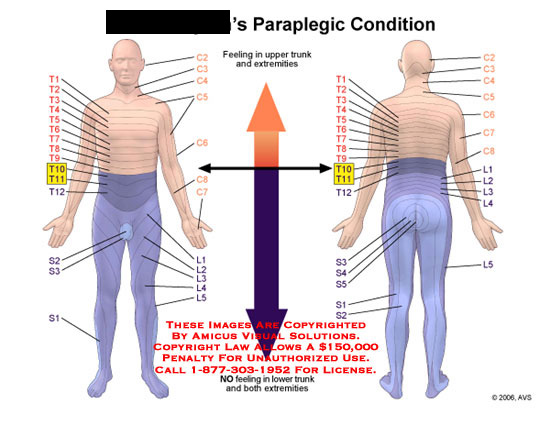The University of Alabama at Birmingham Spinal Cord Injury Model System (UAB-SCIMS) maintains the Information Network as a vital resource, aiming to enhance knowledge in research, health, and quality of life for individuals with spinal cord injuries (SCI), their families, and SCI-related professionals. Unlike peripheral nerves, cells in the spinal cord do not regenerate after an injury, making spinal cord injuries particularly debilitating. Damage to the spinal cord can significantly affect body function, strength, and sensation, potentially leading to loss of feeling, weakness, and paralysis.
UAB-SCIMS highlights that spinal cord injuries often result from traumatic events causing bruises, partial tears, or complete transections of the spinal cord. The United States sees approximately 250,000 to 400,000 individuals living with a spinal cord injury. In some cases, if the spine is unstable due to injury, or if there is a deformity or pain, spinal surgery may be necessary. This surgery typically involves removing part or all of the lamina bone to alleviate tightness around the spinal cord or nerves.
Symptoms of a spinal cord injury can vary depending on its location. For instance, a cervical herniated disc may pressure a cervical spinal nerve, causing pain, pins and needles, numbness, or weakness in the neck, shoulders, or arms. The herniated disc is a common example of such injuries.
Non-progressive spinal cord injuries between C7 & T10 vertebral levels are also notable. According to the American Spinal Injury Association grading scale, they can be classified as A or B, with varying degrees of sensory and motor function loss. In some research studies, like those conducted by Mayo Clinic, sensory evoked potentials and segmental reflexes are key factors in understanding these injuries.
In the case of suspected traumatic spinal cord injury, the clinical pathway outlined by the Children’s Hospital of Philadelphia provides a comprehensive care plan for assessment and treatment in emergency and ICU settings.

Spinal cord injuries remain a challenging medical condition, but with ongoing research and dedicated care, there is hope for better treatment and improved quality of life for those affected.


